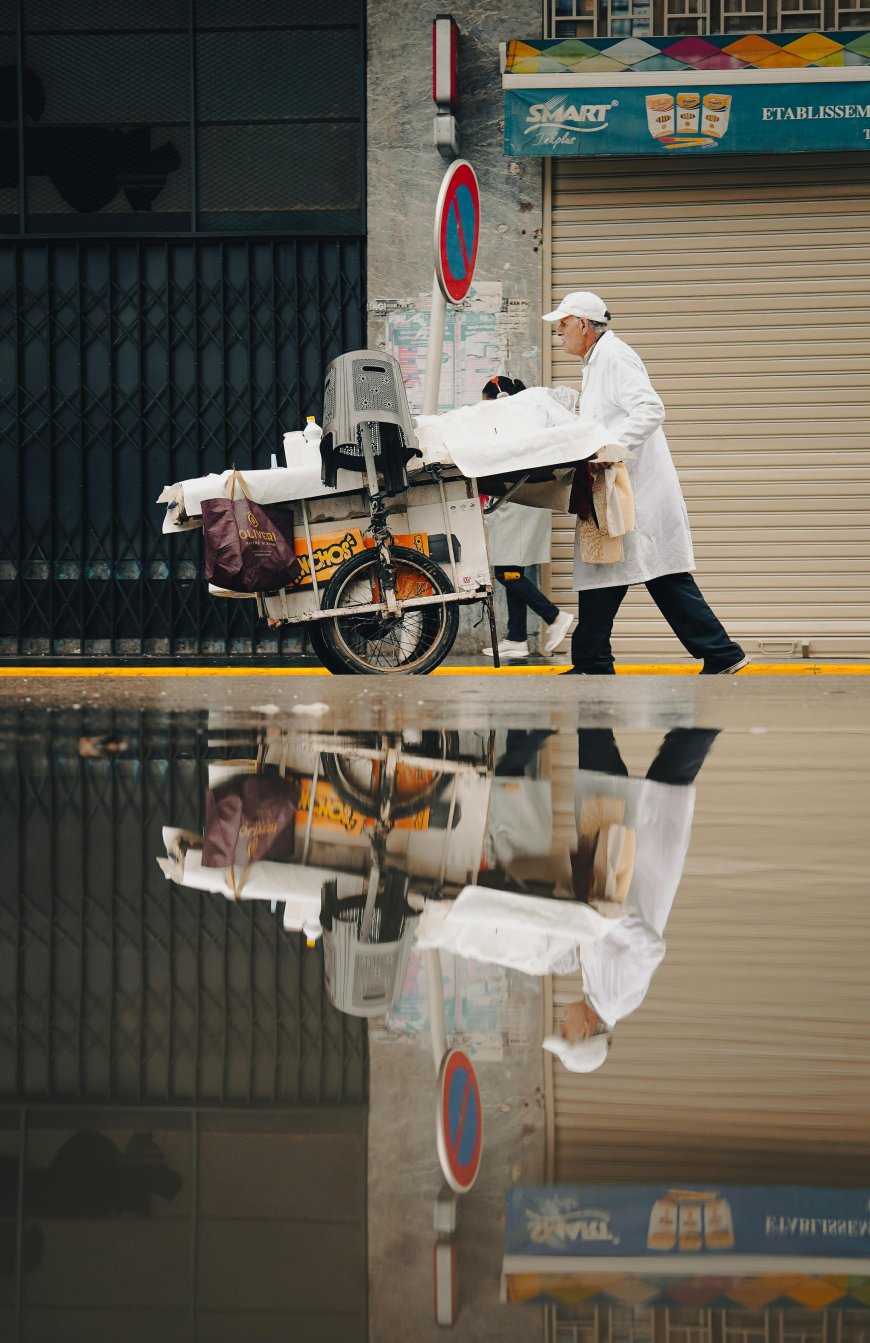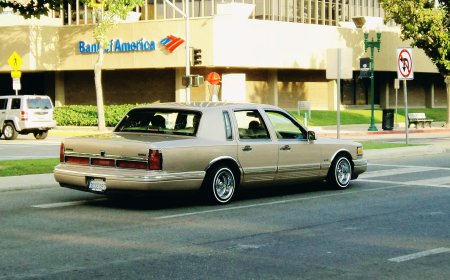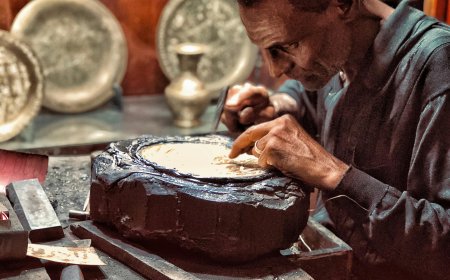Casablanca: Morocco’s Vibrant Heart of Culture & Commerce
Explore Casablanca, Morocco’s bustling metropolis where history, culture, and modern life converge in a dynamic urban tapestry.

Casablanca is more than a cinematic icon—it is Morocco’s beating heart, a city where the past and present collide in a riot of color, sound, and life. From its sprawling Atlantic coastline to the intricate alleyways of its old medina, Casablanca draws visitors into a world that is both ancient and modern, serene and chaotic. It is a city that tells Morocco’s story through architecture, culture, and the daily rhythm of its people.

The Pulse of Morocco’s Economic Hub
As Morocco’s largest city, Casablanca is the country’s economic engine. Skyscrapers rise alongside historic mosques, and bustling markets operate in the shadows of global corporate offices.
Key economic highlights:
- Finance and banking: Casablanca houses Morocco’s primary financial district, attracting regional and international investment.
- Port activity: The Port of Casablanca is among Africa’s busiest, serving as a gateway for trade across Europe and the Middle East.
- Industry: Textile, automotive, and tech sectors thrive, offering employment to thousands of Moroccans.
This vibrant economic life shapes daily experiences—from crowded tram stations to cafes where business deals unfold over strong coffee and sweet pastries.
Architectural Wonders: A City of Contrasts
Casablanca’s skyline tells its own story, blending colonial-era European influences with traditional Moroccan design.
- Hassan II Mosque: Towering over the Atlantic, it is a masterpiece of craftsmanship, accommodating 25,000 worshippers inside and another 80,000 in its courtyard.
- Art Deco heritage: Elegant boulevards and facades reflect early 20th-century European styles, particularly in the Habous district.
- Modern skyscrapers: Glass towers in the financial district showcase Morocco’s growing international presence.
Walking through Casablanca, visitors experience history layered in stone, tile, and steel—a city constantly balancing its past with its aspirations for the future.

Life in the Medina: Culture at Ground Level
While modern Casablanca impresses with its business and architecture, its soul is found in the medina, the city’s historic quarter.
Experiences in the medina include:
- Local markets: Spices, textiles, and traditional crafts are arranged in a riot of colors and scents.
- Street food: From fresh seafood to Moroccan pastries like briouats, the medina is a feast for the senses.
- Artisan workshops: Skilled craftsmen continue centuries-old traditions of pottery, leatherwork, and metal engraving.
Here, the city slows down. Life unfolds on narrow streets where children play, shopkeepers barter, and the aroma of fresh bread drifts from corner bakeries.
Casablanca by the Sea: Coastal Charm
The Atlantic Ocean shapes Casablanca’s identity as much as its streets and markets.
- Corniche district: A scenic promenade lined with cafes, seafood restaurants, and luxury hotels.
- Beaches: From Ain Diab to smaller hidden coves, locals and tourists alike find respite from urban life.
- Water sports and leisure: Surfing, sailing, and evening strolls along the shore are integral to Casablanca’s lifestyle.
The ocean not only provides beauty but also sustenance and commerce, anchoring Casablanca as a hub of maritime activity.
Stories of Everyday Casablanca
Life in Casablanca is best understood through the people who inhabit it. Take Amina, a mother of three who runs a small café near the medina. She recalls waking before dawn to prepare fresh bread, coffee, and pastries, watching the city awaken outside her window.
“It’s tiring,” she says, “but there is magic here. Every day, strangers become friends, stories unfold, and our city teaches you resilience.”
Moments like these reveal Casablanca’s human heartbeat—a mixture of struggle, warmth, and community that defines urban Moroccan life.
Culinary Delights: A Taste of Casablanca
Food in Casablanca mirrors its cultural diversity:
- Tagine and couscous: Staple Moroccan dishes infused with regional spices and slow-cooked flavors.
- Seafood specialties: Fresh catches from the Atlantic, prepared with local herbs and citrus.
- Modern gastronomy: Cafes and restaurants blend Moroccan flavors with European techniques, reflecting the city’s cosmopolitan character.
Casablanca’s cuisine is more than nourishment; it is a narrative of history, migration, and creativity.
Arts, Music, and Nightlife
The city thrives after dark. Casablanca’s cultural scene is vibrant, with:
- Live music: Jazz clubs, traditional Gnawa performances, and contemporary concerts energize nightlife.
- Art galleries and street art: Local artists showcase work blending Moroccan heritage with modern themes.
- Cultural festivals: Annual events celebrate film, music, and literature, attracting international audiences.
The city is alive 24/7, a testament to its adaptability and the creative spirit of its residents.
Conclusion: Casablanca at the Crossroads
Casablanca is a city of contrasts: tradition and modernity, commerce and culture, local rhythm and global connections. To visit is to witness Morocco’s multifaceted identity—its resilience, creativity, and enduring spirit.
For travelers and observers alike, Casablanca offers a lesson: a city is not only defined by its buildings or economy but by the stories of its people, the scents of its markets, and the sounds of its streets. Casablanca is, in essence, Morocco in motion—a metropolis that embodies the past while shaping the future.
FAQs
1. Where is Casablanca located?
Casablanca is on Morocco’s Atlantic coast, approximately 80 km southwest of the capital, Rabat.
2. What is Casablanca known for?
It is famous for its Hassan II Mosque, historic medina, Atlantic coastline, and role as Morocco’s economic center.
3. Is Casablanca safe for tourists?
Yes, popular districts, hotels, and tourist areas are generally safe, but usual city precautions apply.
4. What is the best time to visit Casablanca?
Spring (March to May) and autumn (September to November) offer pleasant weather for sightseeing and outdoor activities.
5. How can visitors experience local culture?
Exploring the medina, visiting artisan workshops, sampling street food, and attending cultural festivals provide authentic insights into Casablanca’s life.
আপনার প্রতিক্রিয়া কী?
 পছন্দ
0
পছন্দ
0
 অপছন্দ
0
অপছন্দ
0
 ভালোবাসা
0
ভালোবাসা
0
 মজার
0
মজার
0
 রাগান্বিত
0
রাগান্বিত
0
 দুঃখজনক
0
দুঃখজনক
0
 বাহ
0
বাহ
0




























































